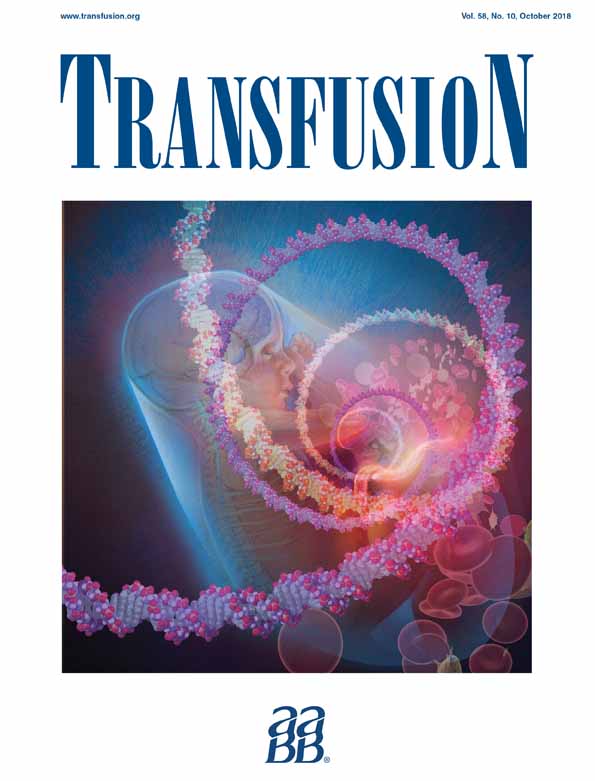Use of potassium adsorption filter for the removal of ammonia and potassium from red blood cell solution for neonates
Abstract
BACKGROUND
Ammonia in the plasma usually does not pass through the blood–brain barrier (BBB). However, it can affect the brain as a neurotoxin in neonates with anemia of prematurity. Excess intake of ammonia should therefore be restricted in conditions involving BBB breakdown, such as in premature neonates. A potassium adsorption filter (PAF) can remove not only potassium, but also ammonia from red blood cell (RBC) solution. PAF for neonates (PAF-n) has been recently introduced using small satellite packs. We evaluated the effects of PAF-n on the removal of ammonia and potassium from RBC solution in small satellite packs.
STUDY DESIGN AND METHODS
RBC solutions were obtained from the Japanese Red Cross Society. Two units of RBC solution (280 mL) were divided into four satellite packs (70 mL/pack). The RBC solution was passed through PAF-n (Kawasumi Laboratories Inc.) that was primed with saline (100 mL) before use. The concentrations of ammonia and potassium were measured in the solution before and after filtration (four samples of 10 mL each of filtered RBC solution) by Biomedical Laboratories.
RESULTS
Approximately 47 to 82 and 84% to 93% of ammonia and potassium were removed from the RBC solution, respectively, without dilution with saline.
CONCLUSION
PAF-n can remove ammonia and potassium from RBC solution in small satellite packs. PAF-n could therefore improve the clinical prognosis of neonates with poorly developed BBB by limiting the delivery of excess ammonia found in the RBC solution.
CONFLICT OF INTEREST
The authors have disclosed no conflicts of interest.
This study was supported by a grant from the Tokyo Metropolitan Government (H28031).




